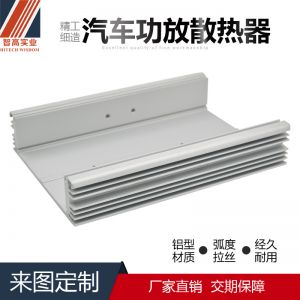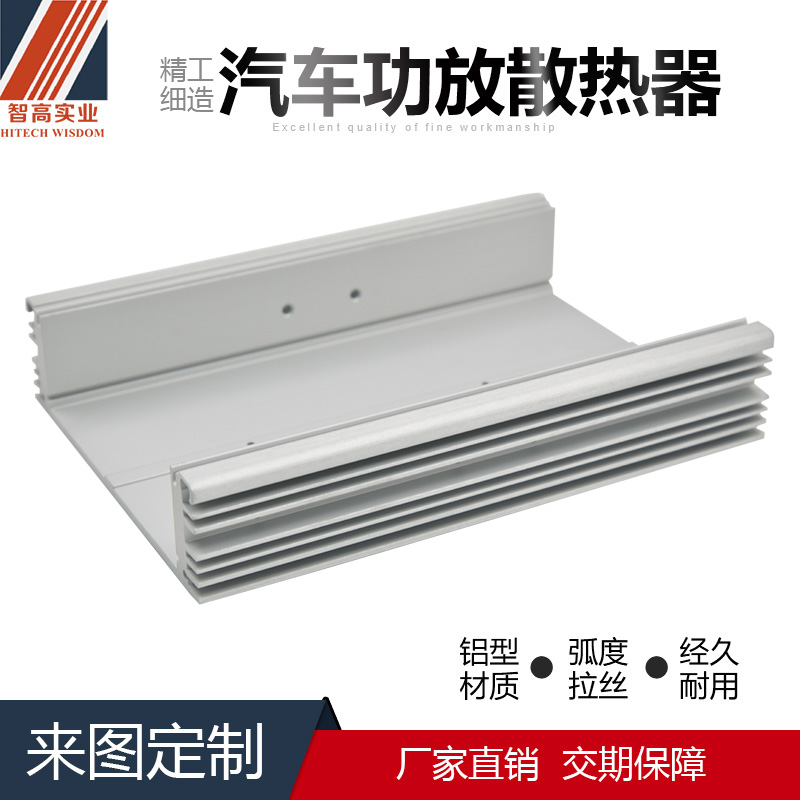

At present, the installation of heating pipelines generally uses PB pipes, PPR pipes, aluminum-plastic pipes and PERT pipes, while the original galvanized pipes are now relatively small.
The first is that the PB pipe and the PB pipe are connected by hot melt, so that the same pipe is completely integrated, and the pipe with wire is connected with the cut-off door and the heating. The chance of water leakage without external force is very small. This connection method is more suitable for burying.
The second is that the aluminum-plastic pipe and the heating are connected by copper pipe fittings, because their expansion coefficients are different, so in order to prevent water leakage from causing troubles during maintenance, the entire pipe must not be left under the ground when burying. There are connectors.
Then there is the galvanized pipe, its connection method is more complicated, and the original pipeline needs to be threaded when changing the heating position.
Heating radiator water inlet connection method: 1. Bottom in and bottom out. This method can save materials to the greatest extent and keep the overall shape of the heating radiator from being damaged. Because the water inlet and outlet are below, the connection and laying of water pipes are also very convenient. Moreover, after the heating radiator is installed, the user can manually drain and exhaust, which is very convenient. At present, most of the popular steel heating radiators in the market use this water outlet and water inlet method, which can save space to the greatest extent, maintain the beauty of the heating radiator, and is more in line with the aesthetics of modern people. 2. Bottom in and bottom out. Now basically all newly constructed residential quarters are connected in this way, and the heating pipes are laid on the ground inside the house. When the manufacturer makes the radiator, it is necessary to install a partition inside the radiator near the water inlet, so that the water flow is forced to circulate inside the radiator. This water inlet and outlet method is most suitable for central heating. If it is independent heating, it is best not to adopt this method, because it will affect the water cycle and indirectly lead to unsatisfactory heating effects. 3. Top in and bottom out on the same side, this form is very similar to that on the opposite side. The biggest advantage is that there is a good water circulation, which increases the flow rate of the water flow, and it is high in and out. But correspondingly, this kind of heating radiator also needs to increase the length of the pipe, and it is very inconvenient, which brings certain troubles to the family. Although the heating effect is good, it is not beautiful. 4. This connection method is the most reasonable and most conducive to water circulation. This is the most common connection method in Europe. The water supply temperature of all heating radiators is the same. This connection method requires a balance angle valve to be installed at the outlet of each heating radiator. By adjusting the balance angle valve, In order to avoid detaining the heating radiator near the water pump for excessive flow, the heating radiator far away from the water pump has too small flow.
Okay, after talking so, know those? Chicco hopes to learn more after reading the article.